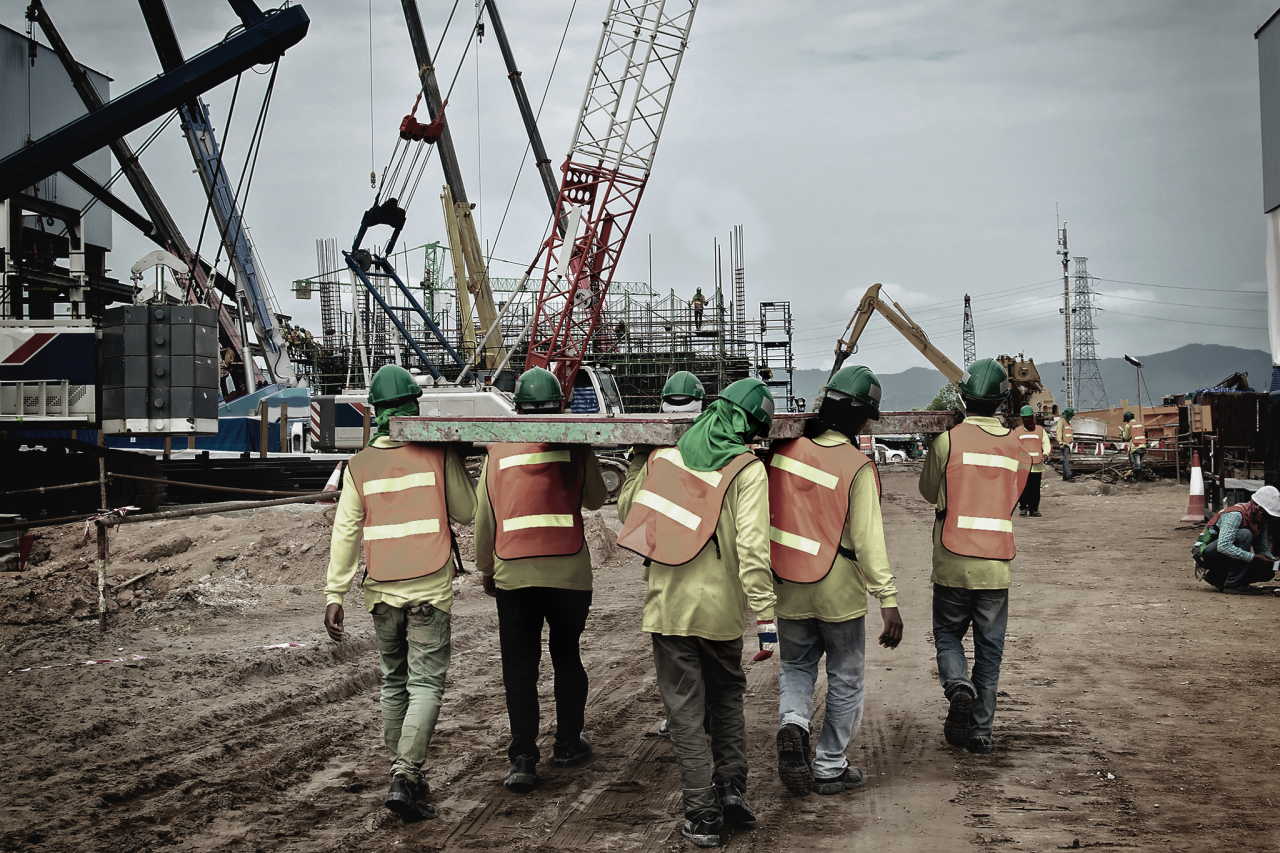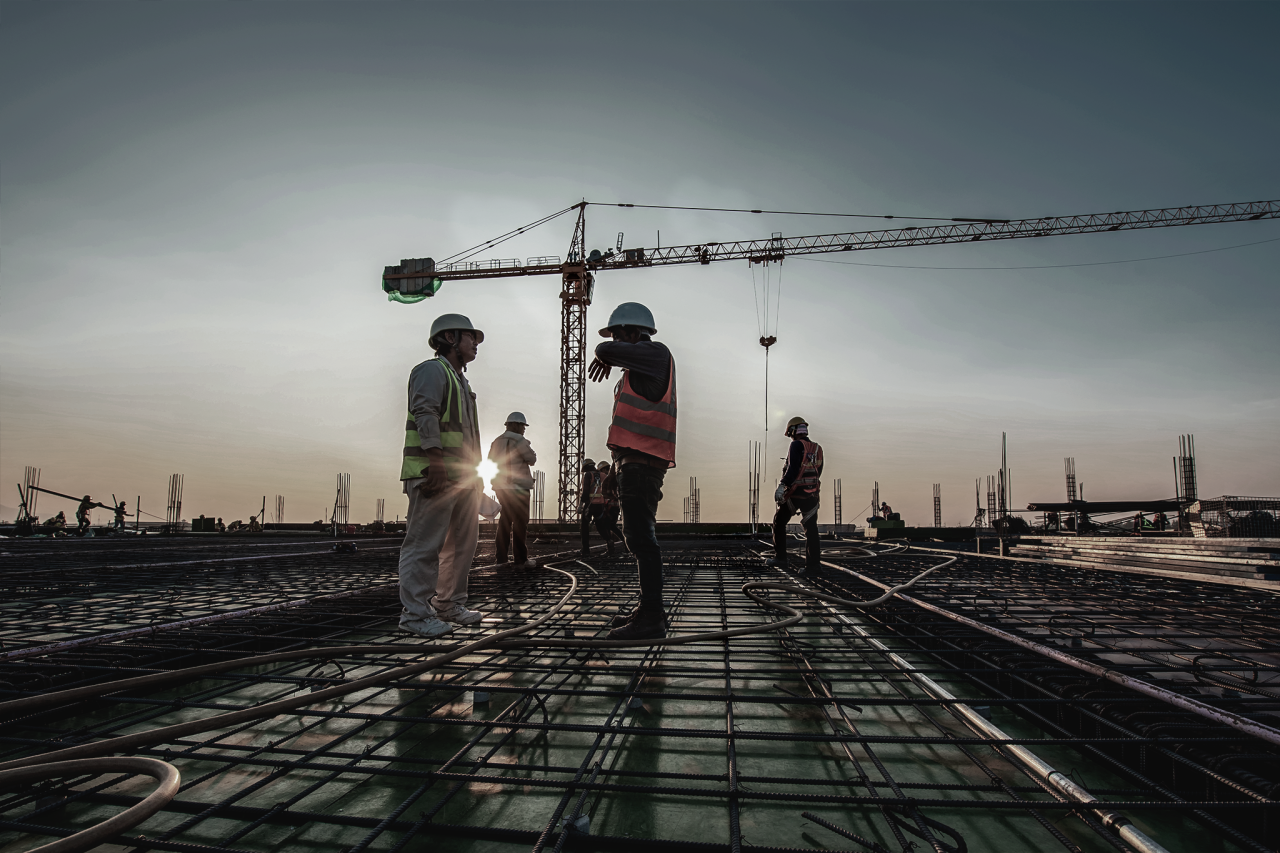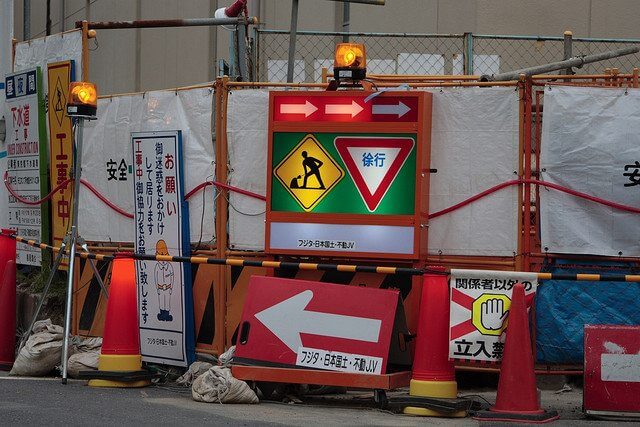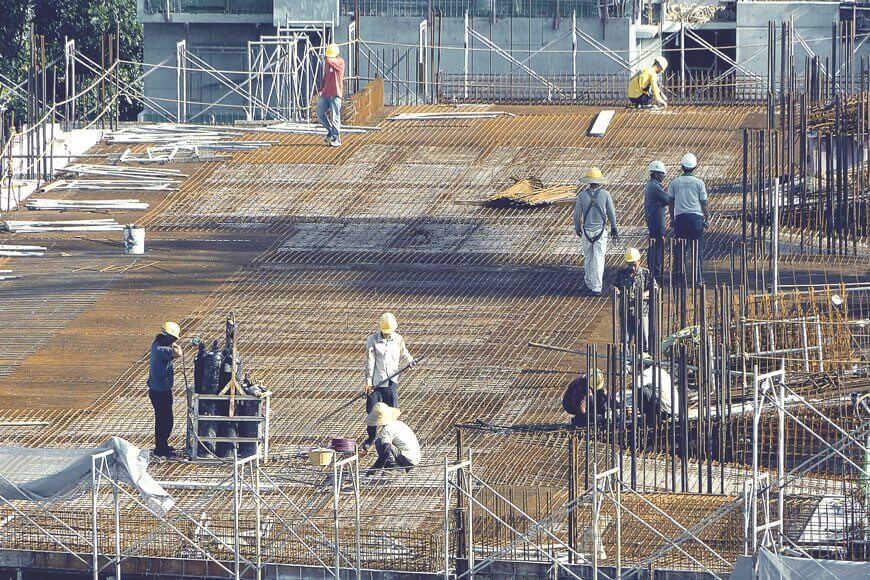Integrated project delivery (IPD) is a methodology designed to address the declining productivity and efficiency throughout the construction industry due to poor communication among project stakeholders.
Imagine a world where:
- All contractors, suppliers, owners, and stakeholders are involved with the project from the design process to completion.
- Communications throughout the project are clear and concise with a focus on transparency and trust.
- Every process is outcome-driven and decisions are made on more than an initial cost basis.
- Teams can consistently deliver high-quality projects that provide better value to owners on time and on budget.
This is integrated project delivery.
Free eBook: Quick guide to Lean practices for construction professionals
How does integrated project delivery work?
The goal of integrated project delivery is to bring together every project stakeholder—owners, designers, contractors, engineers, etc.—early on in the process to establish a clear vision and develop a comprehensive plan to achieve it.
At the start of a project, before working on any designs, this team of stakeholders collaborates to clarify the project’s goals, shares their suggestions based on individual expertise, and makes collective decisions about each stage of the project.
Every stakeholder brings their unique experiences and knowledge to the table in this early planning process to help prevent scheduling issues and the creeping costs that can pop up in later stages of the project.
IPD also integrates lean construction principles to maximise value and increase productivity; each stakeholder works together to strive for continuous improvement throughout the entire project.
And yes, integrated project delivery often means stakeholders spending more time and effort upfront; however, it also ensures a more collaborative approach, keeping everyone on the same page from the beginning and making it easier to identify potential issues early on.
By uniting key individuals with different expertise into a single team with a clear vision, the IPD process makes design and planning more efficient and helps reduce the need for costly, time-consuming change orders down the line.
Read more: Target Value Delivery in lean construction

Integrated project delivery vs. traditional construction methods
No matter the size and scope of a construction project, planning plays a key role in setting it up for success.
The two main differences that set integrated project delivery apart from other construction planning methods are:
- When the planning happens
- Who’s involved in the planning
In a more traditional construction project, the owner would work with an architect to design their project. Next, they would work with a general contractor or construction manager to build out that design.
This approach has worked well for many owners in the past; however, it’s not the most efficient delivery method – especially for large projects.
Let’s explore the inefficiencies of traditional construction methods a little deeper.
So, we have a lead designer who works independently with the project owner. They create the designs based on what the owner wants but may not have the most up-to-date knowledge about construction costs, methods, etc.
Then the builders come on board, bringing a different perspective with them. They likely don’t fully understand the project’s overall vision and intentions or the circumstances that led to each design decision.
But many construction projects operate this way—and they have for a long time—so what’s the problem?
The chances of the designer and contractor seeing eye to eye on every decision at this point are basically zero, and design or planning changes are likely to happen, impacting the project’s cost and schedule and affecting everyone involved.
When everyone involved in the project is not on the same page, you’ll see changes and delays, slowing down the process and costing you time and money. Integrated project delivery solves this issue.
IPD brings everyone together from the project’s onset so that each person involved can contribute their own expertise, forming a plan to get the project up and running efficiently from beginning to end.
Ultimately, the benefits of integrated project delivery come from spending a little more time and effort upfront to make any necessary changes early in the planning process before they impact the costs and scheduling of the project.
Further reading: Site implementation and assessment of lean construction techniques

The benefits of IPD in construction
We can summarize the benefits of IPD for construction professionals in four words:
“Save time. Save money.”
When every project stakeholder comes together with their collaborative expertise early on in the construction process, the result is an efficient project plan that they can put into action with fewer issues than other delivery methods.
And because IPD supports a lean approach, stakeholders can get the benefits of lean construction with fewer surprise changes during the process.
Integrated project delivery doesn’t guarantee a problem-free project, but it will ensure it gets off on the right foot.
Looking for more ways to improve your project efficiency?
Integrated project delivery goes hand in hand with lean construction, and implementing lean practices is one of the single best things that any construction organization, project manager, or contractor can do for their business.
Combining lean methodologies – like pull planning and the Last Planner® system -with the IPD process is the key to project efficiency and delivering on budget and on time.
You can learn more about developing lean practices for your projects to increase efficiency and productivity with our free ebook: A quick guide to Lean practices for construction professionals.
When you’re ready to implement IPD to start improving communication and collaboration throughout your projects, don’t forget to grab your free demo of LetsBuild to deliver successful projects even faster.




